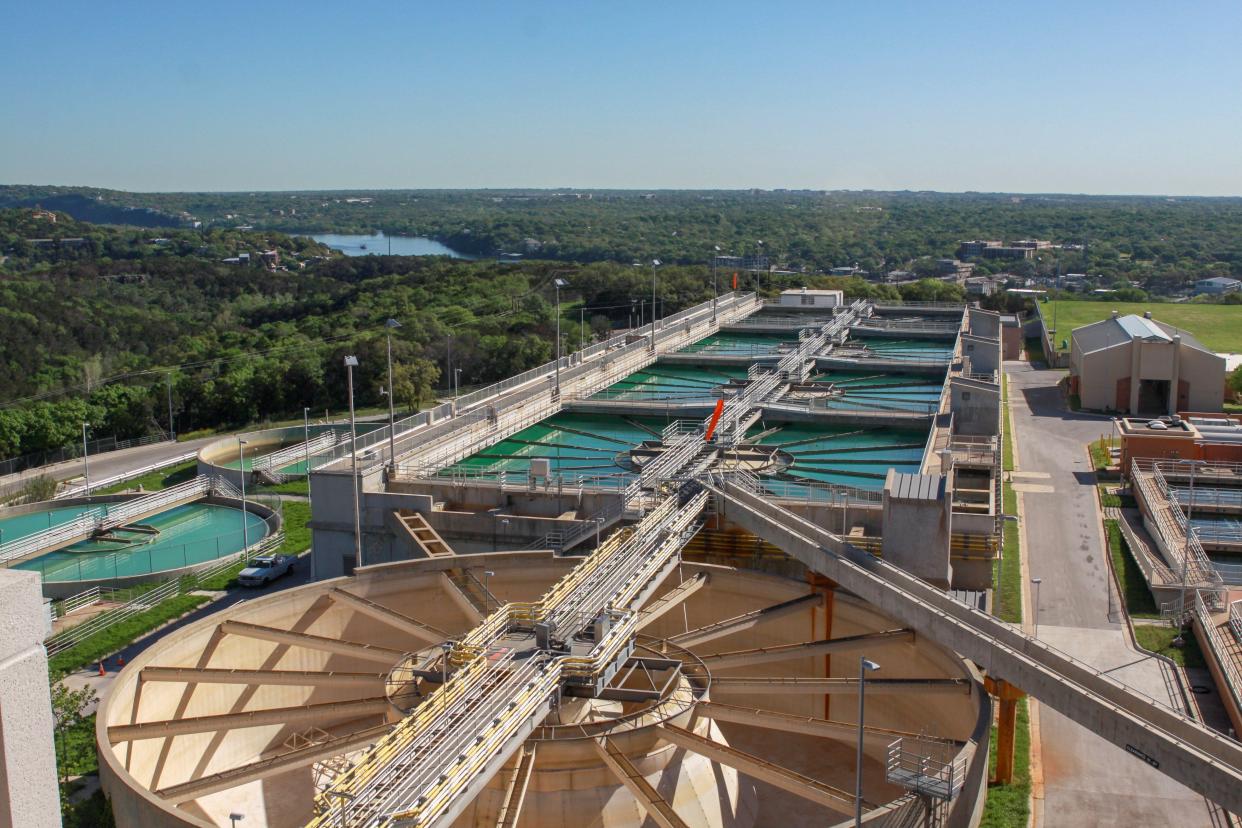Austin Water says it needs more workers. What will it take to improve recruiting?

Austin city leaders say they think they can fix staffing shortages that have dogged Austin Water by improving work culture and increasing compensation for workers at the city's water treatment plants.
An audit conducted by outside experts identified a number of issues for Austin Water, and the city-owned utility's top officials say they are working to address them.
The audit was commissioned by the Austin City Council last February after a series of high-profile problems with the city's water system. Conducted by the University of Texas Center for Water and the Environment, the audit found that Austin Water's biggest challenge was with its organizational structure, where auditors said that there was a “serious disconnect between upper management’s efforts to improve operations across Austin Water with minimal plant staff engagement.”
Austin Water serves more than 1 million customers and has an annual operating budget of $654 million.
More:Austin Water review highlights progress, improvements to make after 2022 boil water notice
The review identified more than 50 ways the utility can improve operations and avoid major incidents that disrupt service — and one of the key recommendations was the need to address staff shortages.
During a presentation Wednesday to the City Council's audit and finance committee, Lynn Katz, director of UT's Center for Water and the Environment, said her team's audit found that there aren't enough employees to address all the needs at the city's three water treatment plants.
“One of the things that we noticed is that the organizational structure has some challenges with respect to internal communications, emergency response and retention needs,” Katz said.
Of highest priority, the report said, is hiring and retaining staff members at base levels. That is key to addressing many of the other organizational and managerial challenges at Ullrich Water Treatment Plant, the largest of the city's three water treatment facilities, according to the report.
About 30% of positions are currently vacant at Ullrich and the other water treatment plants, according to the report.
Greg Meszaros, longtime director of Austin Water, had cited similar concerns about Austin Water's staffing when he announced his resignation last year, citing "enormous" turnover and a lack of longtime operators with decades of experience.
More:'For many of us it's a lot': Lower-income families brace for Austin Energy rate hikes
Katz said a number of Austin Water employees expressed concern with compensation and a lack of training.
“Like any organization, culture is a key,” Katz said. “Being able to work in a place where you are comfortable with the system, compensated appropriately and acknowledged for the work you do is how you build that type of culture where everyone feels invested in.”
The external review makes 53 recommendations for improving operations and resiliency at the Ullrich plant, and Austin Water agrees or partially agrees with 49 of those recommendations, city officials have said. They said work on 19 of the recommendations has already started.
Shay Ralls Roalson, who was named director of Austin Water in December, said Wednesday that her team will come back in February with a more detailed plan, but she said a number of steps have been taken to address the issues outlined in the report, including changes related to employee recruitment, compensation and training.
Roalson said Austin Water's human resources division is working on new recruitment strategies, and that her staff is taking another look at the salary study and working to implement it.
More:Eanes School District students, parents volunteer at Community First! Village
“We are already working on many of these recommendations, and I think our is goal is that we want to reinforce the areas that are strong and strengthen the areas that need it,” Roalson said.
City Council Member Alison Alter, who chairs the audit and finance committee, said Wednesday that the staffing issues are not unique to Austin Water, but are also being seen other city departments, including the 911 call center.
What the report is saying, Alter said, is that more needs to be done to address the challenges being faced across the city, and within Austin Water, with recruitment and retention practices as well as training and feedback.
“Upper management has a responsibility to look at the echoes and figure out how to address these issues,” Alter said. “While there are national issues, that doesn't mean we don’t have to do everything we possibly can and make these things happen.”
She said the report provides a road map for improvement and highlights the need for systemic changes and new thinking so the city can better prepare for major water supply events.
In February 2022, Austin Water customers were subjected to a three-day boil water notice after human error at the Ullrich plant allowed water into the system that tested beyond regulatory limits for turbidity, or cloudiness.
It was the third major water boil notice in as many years, not including a separate incident in 2019 when water for some residents was drinkable but had a foul, fishy odor due to the presence of dead zebra mussels. A fifth incident, in which fire foam entered the distribution system, was not associated with the operations of any of the plants, according to the review.
“We have a road map on how we can do better,” Alter said. “We can be more prepared and more resilient, but that starts with transparency and accountability and working to take on these systemic issues that are challenging us in important ways across the organization. We have good infrastructure, and we have to make sure we support our people and that there is a good system in place so we can act with agility.”
This article originally appeared on Austin American-Statesman: What will it take to address Austin Water's staffing shortage?

